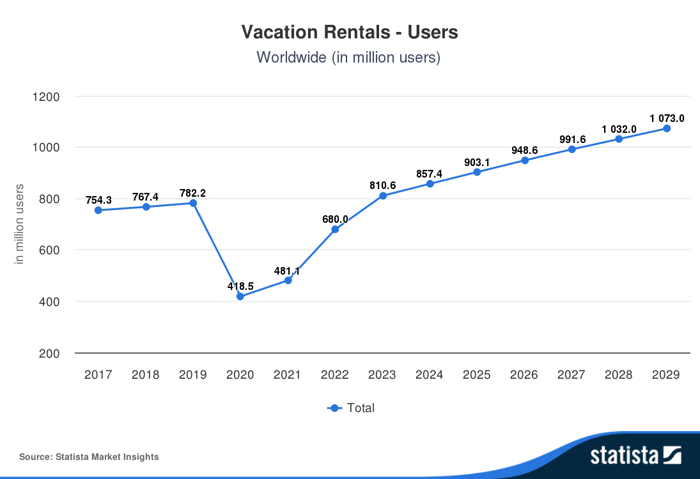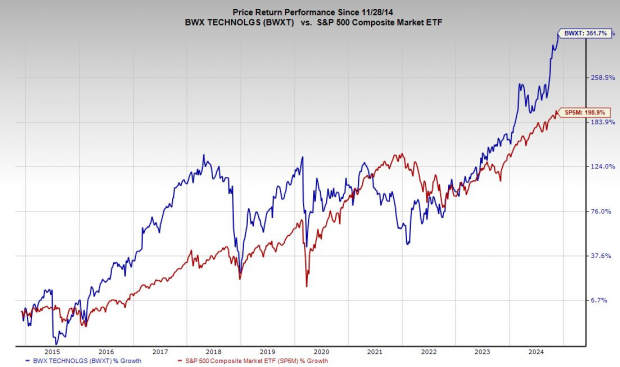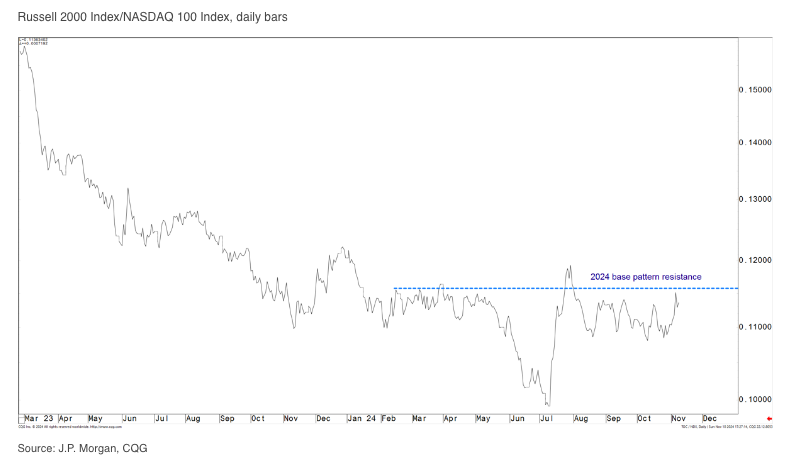
skynesher/E+ via Getty Images
Inflation-weary consumers received discouraging news with the January CPI report. The index rose by a greater-than-expected 0.3% in January, with the food category posting a gain of 0.4%. The food-away-from-home category saw a 0.5% increase, while the food-at-home (FAH) category experienced a 0.4% gain. Year-over-year, these two categories were up 5.1% and 1.2%, respectively (compared to 3.1% for the overall CPI).
While some categories of the CPI are contracting year-over-year, such as energy which is down 4.6%, food prices remain stubbornly high.
Thankfully for those who prefer to dine at home, a study by KeyBanc suggests the economy is entering a “once-in-a-decade” event for the FAH category. The previous instance of this phenomenon (2016-2017) saw falling input prices, increased production rates, and a favorable exchange rate driving FAH prices down by 1.3%. Noteworthy was the fact that prices for corn, wheat, soybeans, meat, eggs, milk, and diesel had collectively dropped by 12.1%.
For every 1% decline in food prices, consumer spending increases by $1B per month.
What sets this year apart from the past four years? After reaching a peak of 5%, overall inflation has been moderating. USDA forecasts and manufacturer outlooks suggest that FAH could experience deflation in 2024. By extrapolating previous data, KeyBanc estimates that this deflationary period will occur by July 2024.
During the last deflationary cycle, Walmart (NYSE:WMT) was the primary beneficiary, according to KeyBanc, with other retailers like Target (TGT), Dollar Tree (DLTR), Dollar General (DG), Ollie’s (OLLI), and Big Lots (BIG) experiencing only marginal gains. This can be attributed to increased traffic, which also contributes to the gains in general merchandise sales. Since FAH represents 7% of personal consumption expenditures for the general population and increases to 10-14% PCE for lower-income individuals, the benefit to Walmart (WMT) is more pronounced than for other retailers.
For grocery retailers, food deflation has historically pressured comp sales. Data compiled by KeyBanc shows that from Q1 2016 to Q3 2017, FAH deflation fluctuated between -2.1% and 0.8%. The average comp sales for Walmart (WMT), Costco (COST), Kroger (KR), Sprouts (SFM), and Publix fluctuated between 2.5% and 0.8%.
When isolating the impact on just Walmart (WMT), the data shows that comp sales for Walmart remained relatively steady. While Kroger (KR) experienced a 0.7% contraction in comp sales, Walmart (WMT) sales were at 2.0%. While Publix was down 2.1%, Walmart (WMT) remained at 2.0%.
Walmart’s non-food sales also outperformed competitors during the food deflationary cycle. During the 2016-2017 period, Walmart’s general merchandise sales growth remained positive, while sales growth at Target (TGT) declined during the same period.
“Looking forward, we believe Walmart could see continued share gains in food, but also improved spending in discretionary categories, which are higher margin,” KeyBanc said in their report.
Reviewing Walmart’s past quarterly data, during the last two quarters of 2016, Walmart reported comp sales of 1.5% and comp sales for its grocery-only Neighborhood stores of 8.0%. In Q4, this fell modestly to +0.6%, and +7.0%, respectively, but was still elevated from pre-deflationary periods.
By comparison, the two years prior to the deflationary period, Walmart’s comp sales in Q3 2014 were negative 0.3%, and +3.4% for the Neighborhood store. By Q3 2015, this improved to +0.5% in comp sales and +5.5% for the Neighborhood stores, still well below the levels seen just a year later.
Price deflation will be a welcome relief to consumers and a potential boon to retailers like Walmart (WMT). How the company performs during this cycle is uncertain, but evidence suggests the impact from lower food prices could start to bolster sales as early as this summer.
Walmart reports Q4 results before the open on Feb. 20. Last quarter, the company beat EPS estimates by a penny and sales by $895M.




